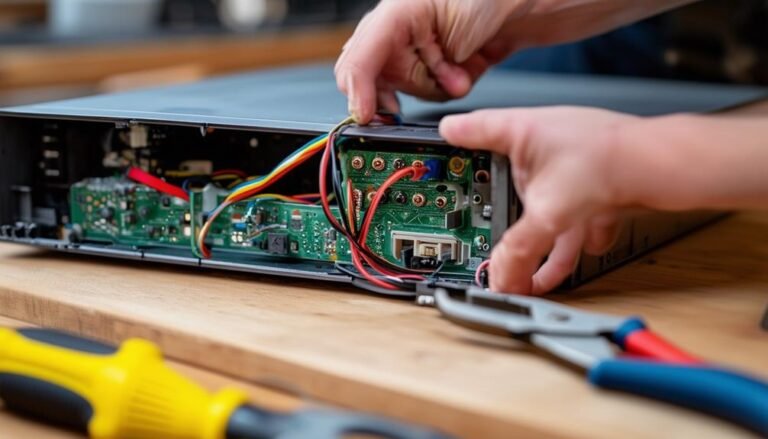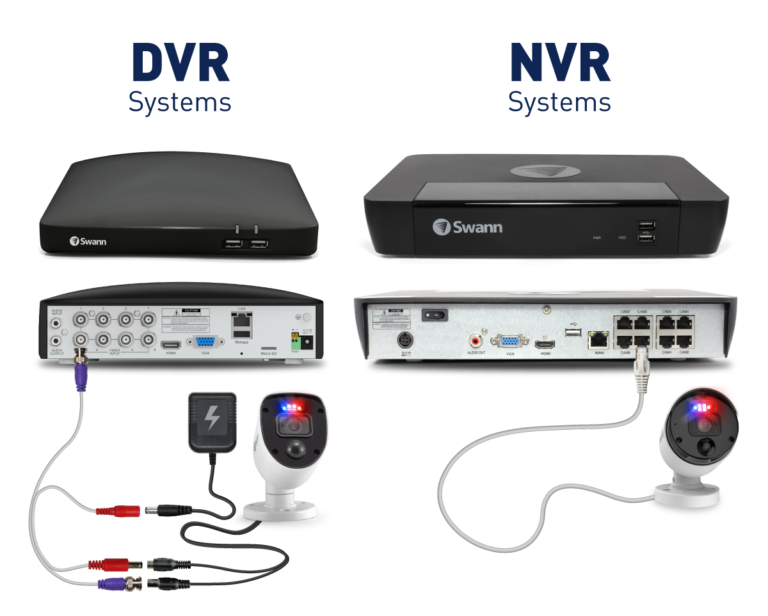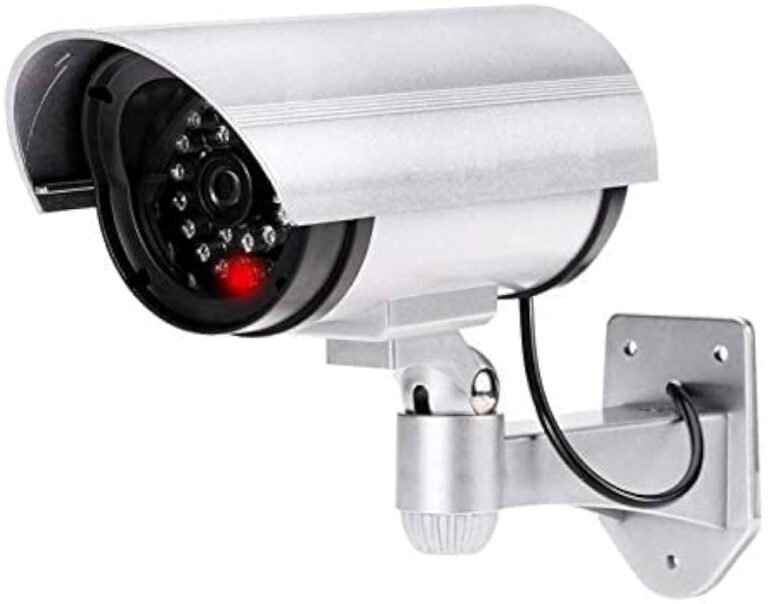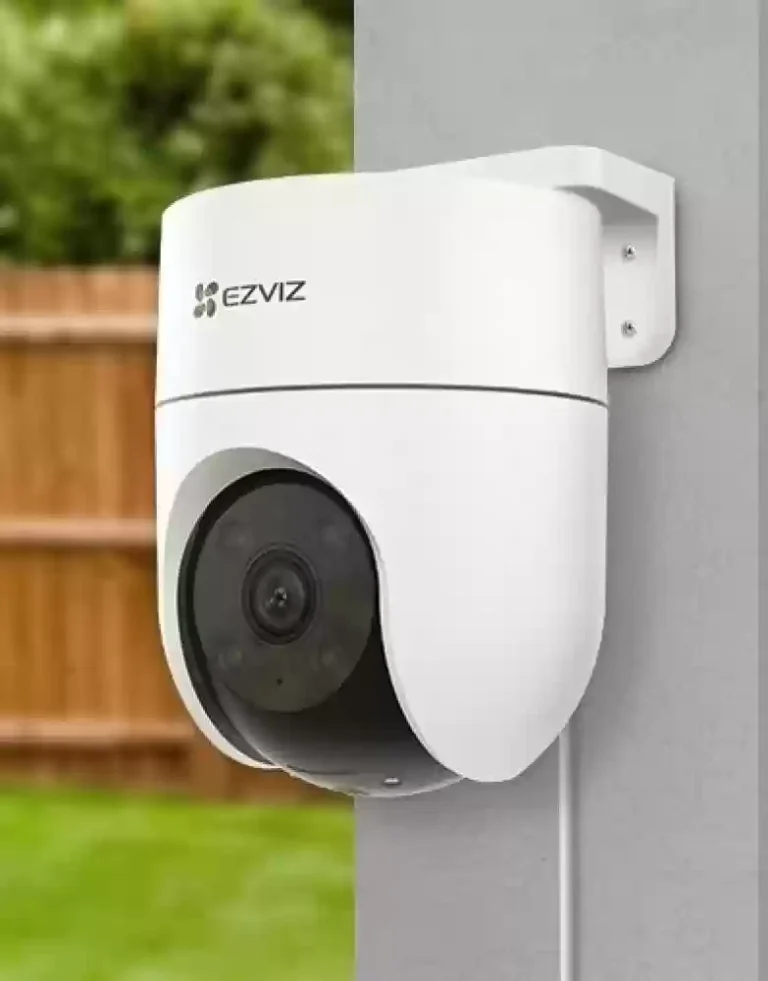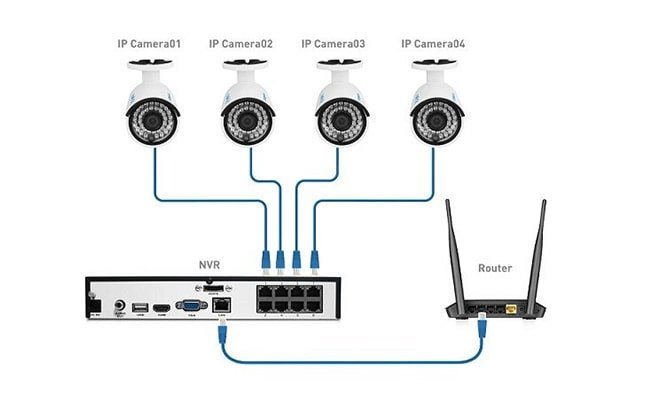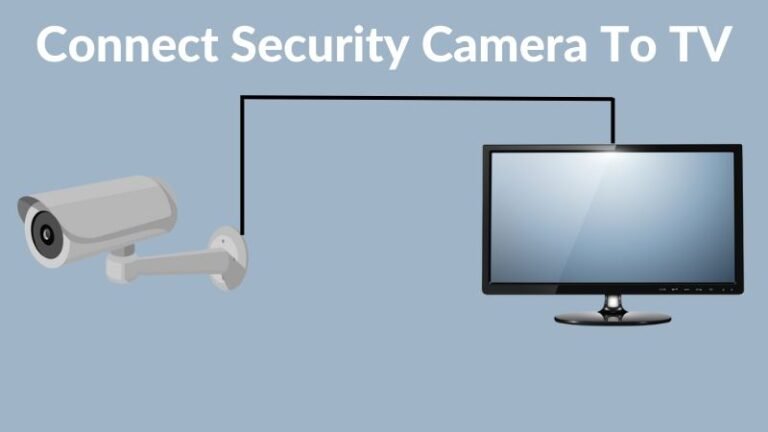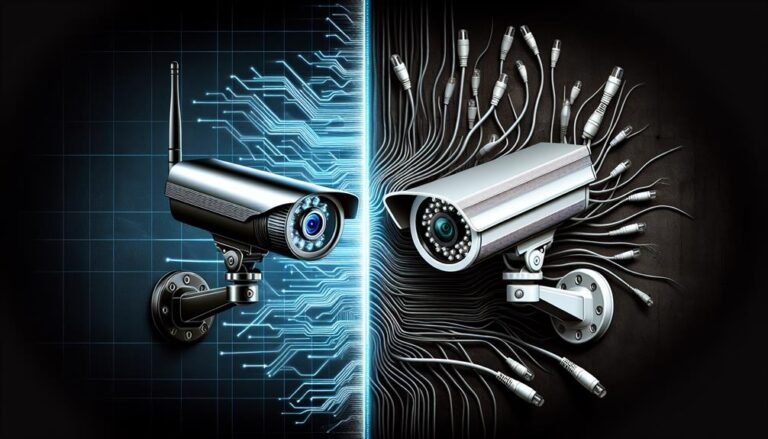Porta RTSP vs Porta multimediale
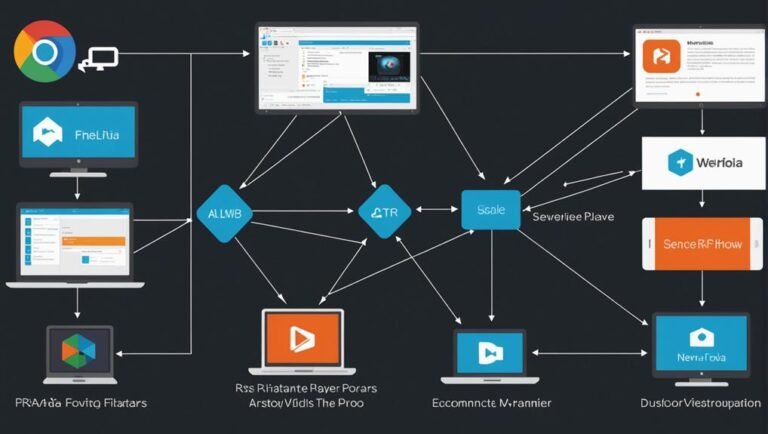
Le porte RTSP e le porte multimediali svolgono entrambe un ruolo importante nello streaming. La porta RTSP, spesso la 554, gestisce comandi come la riproduzione e la pausa, mentre le porte multimediali gestiscono i dati audio e video veri e propri. Questa separazione aiuta a prevenire il buffering e garantisce una migliore...
